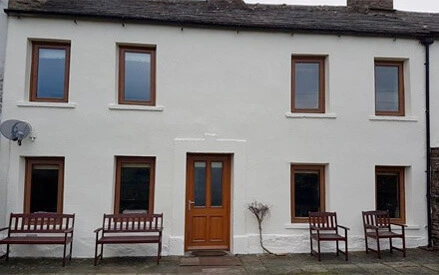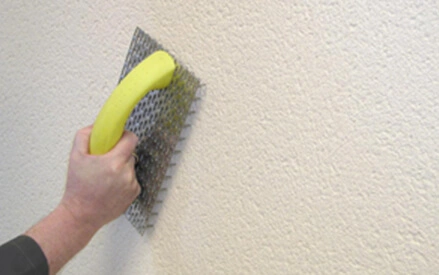Can External Wall Insulation Prevent Damp?
Damp is most apparent during winter, but it can occur at any time of year. Check the following places for potential warning signs:
- Walls: Look for signs of mould or fungal growth on your walls. These can appear as black speckled marks. Flaking paint or damaged plaster is another indicator of damp walls.
- Ceilings: Pay close attention to discoloured or stained areas in the ceiling corners. Brown patches can indicate a damp problem.
- Windows: Condensation on the windows and along the sills is a sign of high moisture levels. Check the window frames, as damp can cause them to rot.
- Bathrooms and kitchen: Check the walls and ceilings of your bathroom and kitchen. Be sure to also inspect the floor grouting for any signs of mould, and inside the cabinets.
If you notice any indications of damp, it’s important to address the problem sooner rather than later. If left untreated, damp can lead to structural damage and even cause chronic health problems like asthma from inhaling mould fragments.
Types of Damp
Identifying the type of damp that is affecting your home will allow you to effectively treat and eradicate the problem. There are three common types:
Condensation
Condensation occurs when moist, warm air condenses on cool walls. It’s most evident on outside facing walls and during the winter months where the wall is colder, allowing black mould to germinate on the inside. A lack of ventilation can worsen the problem, but systems like dehumidifiers can prevent condensation by reducing moisture in the air.
Rising Damp
Rising damp affects walls on the ground floor of a property and is often associated with discoloured tidemarks moving up the wall. Installing a damp proof course (a physical barrier built horizontally into the wall) prevents water from rising from the ground into the structure
Penetrating Damp
Penetrating damp is caused by water that leaks through the walls. Structural problems such as faulty guttering or cracks in the wall are common causes of penetrating damp. Signs of penetrating damp include damp patches on walls, damaged plaster, and musty smells.
Dealing with any type of damp problem can be costly. Often the best solution for homeowners is to prevent damp problems from occurring in the first place.
Insulating Walls to Prevent Damp
External wall insulation involves installing a thermally insulated layer to the exterior of a building. Insulating your home not only saves on heating costs, but is also a viable solution to prevent damp.
Condensation occurs when warm air comes into contact with cold surfaces such outside facing walls. External insulation keeps walls warm so there won’t be a huge temperature difference. This greatly mitigates any effects of condensation, which is one of the prime causes of damp. It’s strongly recommended to fix existing problems like water penetrating through the walls before getting them insulated. Addressing these at the same time can lower your costs and keep your home free from damp.
To find out more about external wall insulation or to request an obligation-free quote for your property, contact us today.






